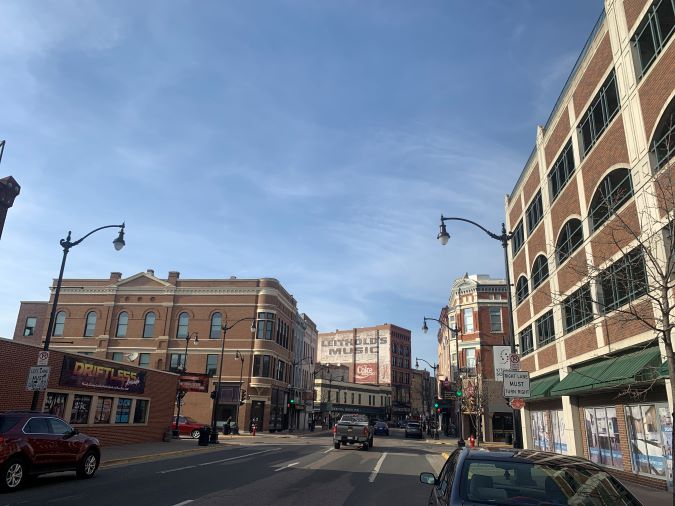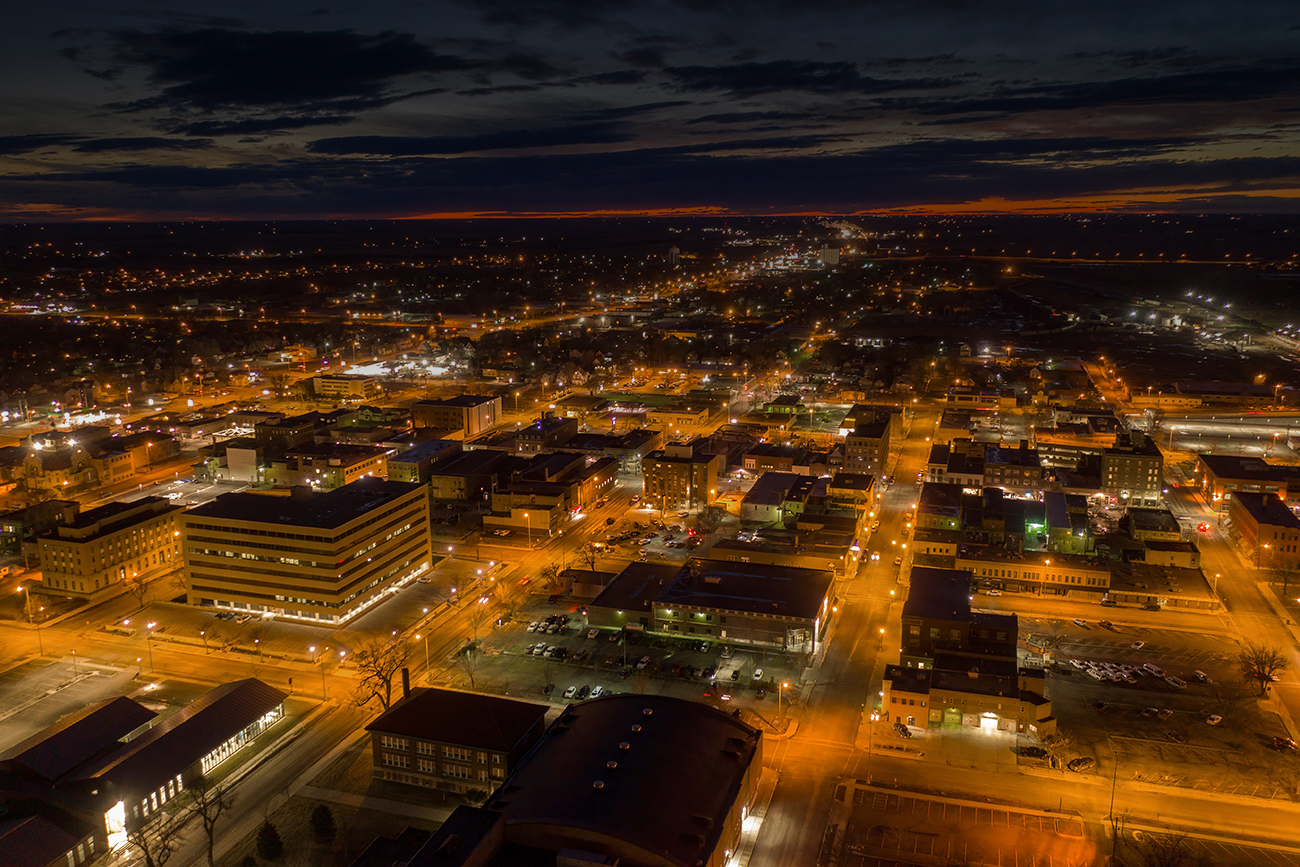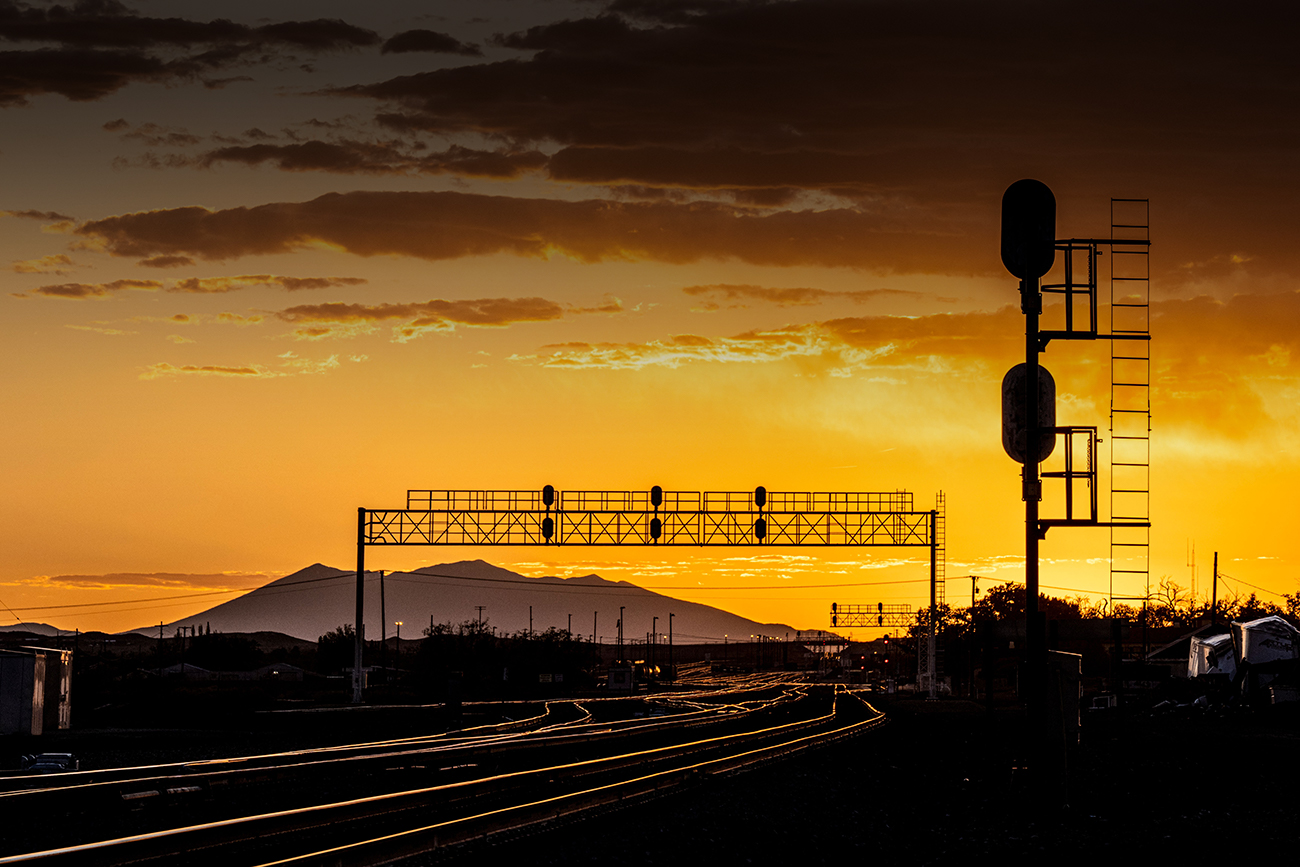From trading post to bustling marketplace: How rail transformed La Crosse
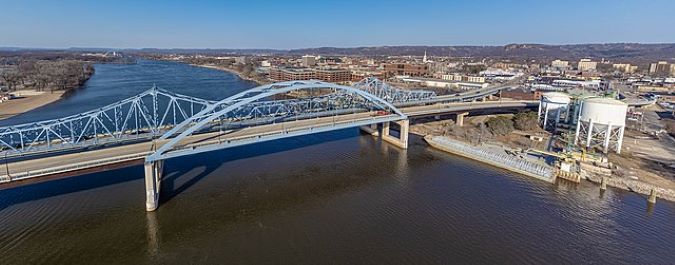
La Crosse, Wisconsin, sits in the picturesque Mississippi River Valley in southwestern Wisconsin and is often called “Wisconsin’s West Coast.” Known for beautiful bluffs and Old Style Beer, La Crosse was originally founded as a settlers’ trading post. When rail arrived, the city went from a humble trading post to a bustling marketplace.
La Crosse was established around a fur trading post built in 1841 in the heart of Wisconsin’s bluff country on the ancestral lands of the Ho-Chunk Nation near the meeting point of three rivers: the Mississippi, the Black and the La Crosse. By March of 1856, the village was incorporated as a city.
The population grew from just 5,000 to 25,000 between 1865 and 1890 with the arrival of railroads. La Crosse soon became a bustling location for steamboats, lumber mills, brewing and the rail industry.

In the 1880s, four railroads served La Crosse and connected the city to bigger markets in Milwaukee, Wisconsin, Chicago and Minneapolis. The last of these to arrive was BNSF predecessor the Chicago, Burlington & Quincy Railroad (CB&Q), also known as the Burlington Route, which gained access via its predecessor, the Winona, Alma & Northern Railway (WA&N) in 1886.
Though other rail lines served the city, the driving force for the CB&Q to set up shop was to create more competition. Local businesses petitioned the La Crosse City Council to bring the WA&N in 1884. When CB&Q purchased the line in 1885 and officially arrived in La Crosse in 1886, that satisfied the petition.
“The arrival of the CB&Q drove down prices for shipping goods and especially for passenger transportation,” Senior Archivist and Archives Manager Anita Doering of the La Crosse Public Library said. “The CB&Q gave the Milwaukee Road a run for its money.”

Travel by rail was popular for La Crossers through the 1940s. The Burlington Route had just tested its original Zephyr and quickly ordered more of these stainless steel passenger trains. The first two became the Twin Cities Zephyrs, operating from Chicago to Minneapolis- St. Paul, with stops in La Crosse, making traveling north easier and faster.

While travel by rail was part of daily life for many in La Crosse, a few high-profile passengers came by train. In 1939, two royals visited La Crosse on the Zephyr: Crown Prince Olav of Norway and his wife, Crown Princess Martha. The Norwegian prince and princess were on a 10-week tour of America and rail was an important part of their travels.
Visitors to La Crosse’s north side today may notice a Burlington Route locomotive in Copeland Park. The Burlington Route 4000 steam locomotive was originally numbered 3002 and was one of 13 S-4 Hudson-type engines owned by the railroad.
In 1937, the locomotive was upgraded with roller bearings and stainless-steel rods to look like a diesel engine and was reclassified as an S-4A. Transformed from a classic steam engine to a futuristic-looking mode of transportation, the locomotive was renumbered 4000 and named “Aeolus,” meaning “keeper of the winds.” The 4000 served as a backup for the Twin Cities and Denver Zephyrs.
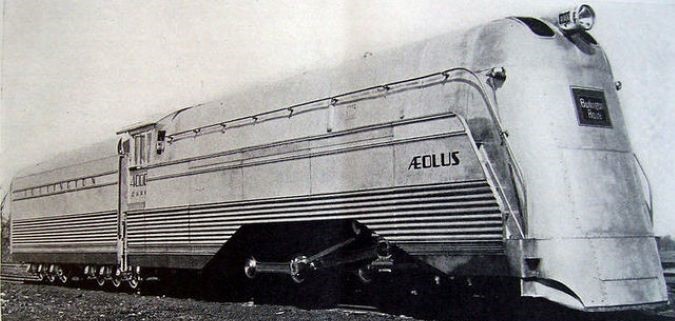
The Copeland Park exhibit is maintained by the 4000 Foundation, a non-profit organization dedicated to preserving La Crosse’s rich railroading history. The foundation also hosts an annual rail fair in the park that features hundreds of vendors and train memorabilia.
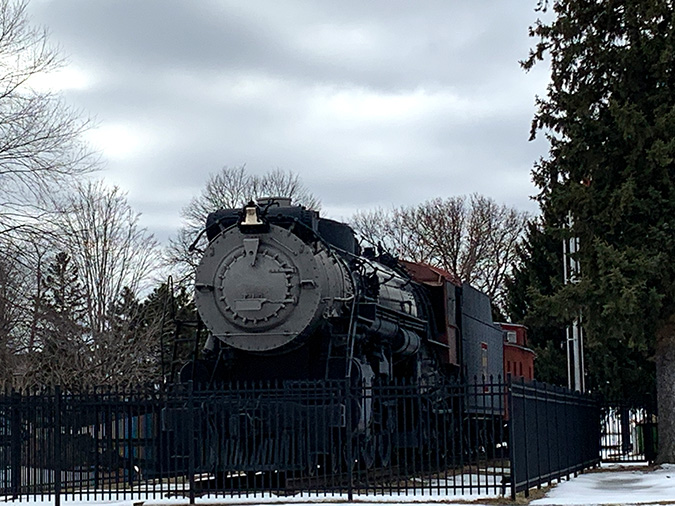
“La Crosse’s 4000 Foundation came into existence in 1989 from a group of concerned citizens and railfans. They wanted to ensure that La Crosse’s railroad history would be preserved and enjoyed for generations,” 4000 Foundation President Mark Hamre said. “I was born and raised in La Crosse and worked for the Burlington Northern Railroad for 43 years, so I was happy to get involved.”
With a population of 52,000 today, including 230 area BNSF employees, La Crosse has a hometown feel staying true to its Midwestern roots. Many BNSF employees in La Crosse were born and raised here.
“Railroading in La Crosse is more than just a job, it’s a family affair,” Division Trainmaster Curtis Malone said. “It’s what makes La Crosse special.”

While La Crosse’s prime location on the banks of the Mississippi River has fostered trade and transportation, our terminal and tracks are at a distance from the city’s hub.
“Our location along the river supports our terminal’s safety culture, especially in respect to our neighbors,” Malone explained. “We keep noise away from more highly populated areas and don’t hold up as much traffic as most of our track follows the Mississippi.”
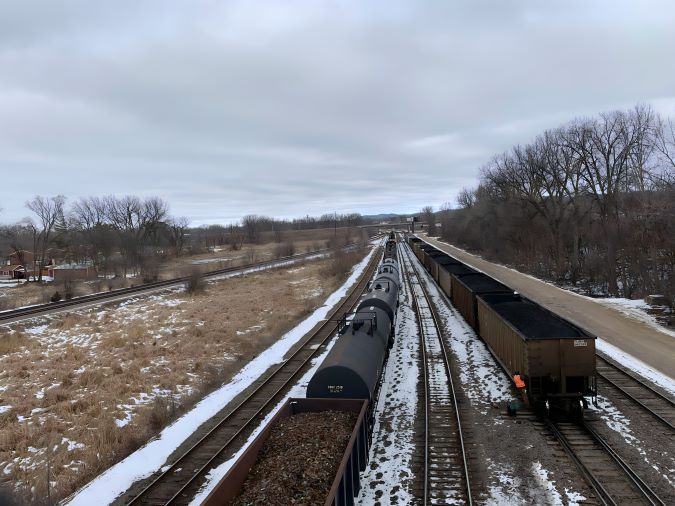
La Crosse’s scenic bluffs and backwaters draw visitors seeking outdoor recreation, and BNSF is proud to play an important role in transporting consumer goods for sporting and recreation via our intermodal service. About 40 BNSF trains, also including merchandise and grain, pass through the city every day.
Railroading in La Crosse “tracks” deep and connects family and heritage from past to present. If you have a passion for trains and rail heritage, La Crosse is the city to visit!
